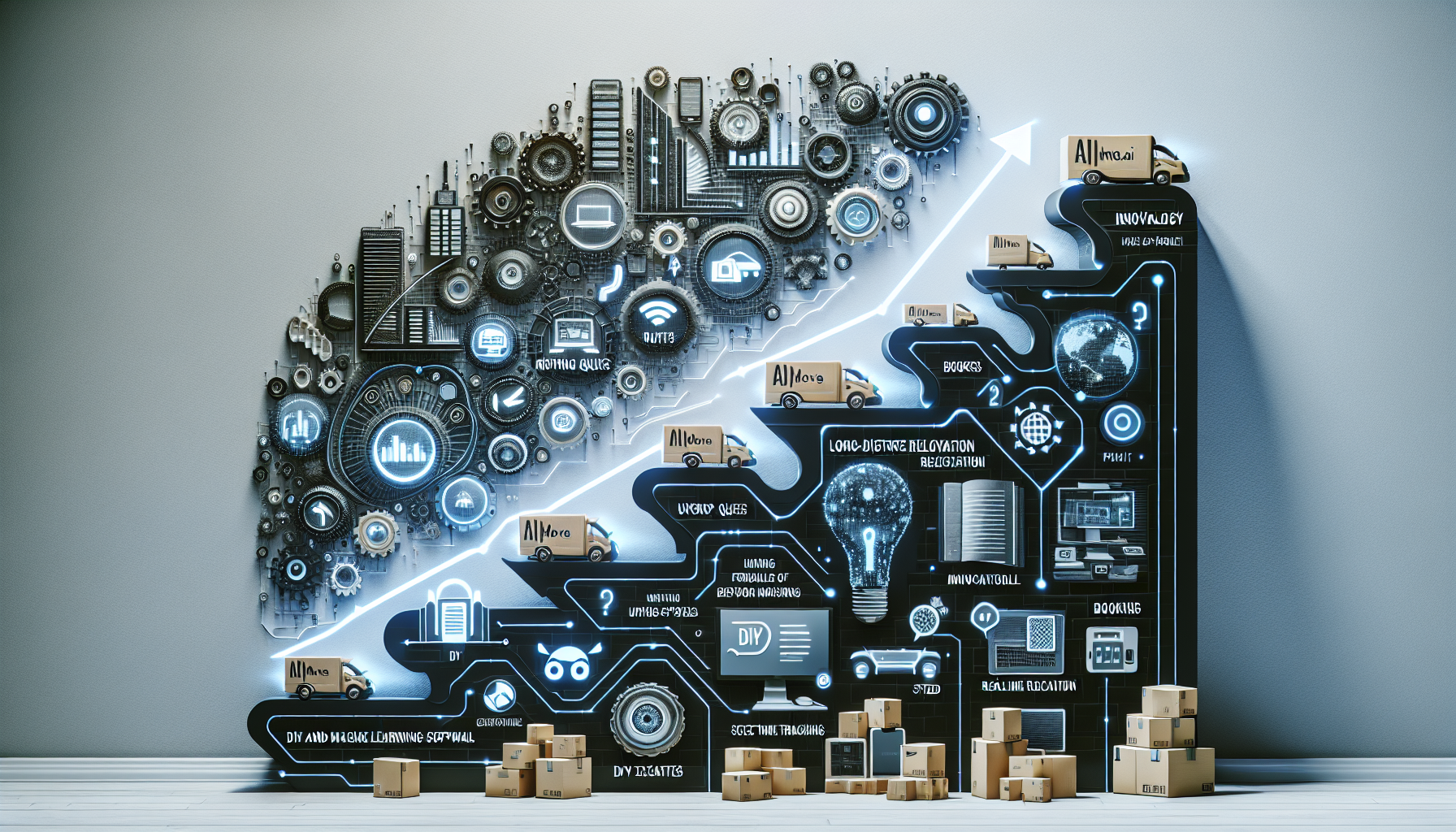Moving Technology and Innovation: The Future of Long Distance Relocation
In the rapidly evolving world of logistics and personal relocation, moving technology, and specifically AI for moving, stands at the forefront of transforming how individuals and families approach long-distance moves.


In the rapidly evolving world of logistics and personal relocation, moving technology, and specifically AI for moving, stands at the forefront of transforming how individuals and families approach long-distance moves. The integration of moving-tech solutions into this once manually intensive process has not only streamlined operations but has also enhanced the accuracy and efficiency of moving services. With the advent of companies like Drifted.ai, the moving industry is witnessing a revolutionary shift, leveraging the power of advanced algorithms and virtual moving surveys to redefine the standards of service and customer satisfaction. This innovative approach underscores the critical importance of moving technology in navigating the complexities of modern relocations, positioning it as a key driver in the future of long distance moving.
As your journey through this article unfolds, you will delve into the evolution of moving technology, highlighting notable milestones and how they have paved the way for current advancements. A closer look at Drifted.ai will reveal how this platform is revolutionizing the moving industry with its cutting-edge moving tech solutions and AI-driven capabilities. You will explore the key features of Drifted.ai, from virtual moving surveys to intricate logistic algorithms, and hear firsthand testimonials and success stories that underscore the transformative impact of these innovations. Furthermore, the discourse will extend into the prospects of moving technology, offering insights into how emerging trends and technologies might continue to shape moving industry innovations. This roadmap provides a comprehensive overview of the exciting developments in moving technology and the pivotal role platforms like Drifted.ai play in shaping the future of long-distance relocation.
The Evolution of Moving Technology
Reflecting on the progression of moving technology, it's fascinating to see how innovations have reshaped the landscape of long-distance moving. Initially, the internet revolution of the 1990s played a pivotal role. As it became more accessible, it laid the groundwork for numerous technological advances that would later enhance various industries, including relocation and moving.
From Dial-Up to Digital Transformation
In the early days, the internet was a novelty, operating over slow dial-up connections that were famously noisy and inefficient. However, as technology evolved, so did internet accessibility and speed, eliminating the need for traditional phone lines. This shift not only changed how individuals interacted with the web but also allowed for the development of more sophisticated online services and platforms.
The Rise of GPS and Digital Communication
One of the most significant advancements in moving technology has been the adoption of GPS tracking. Moving companies began to equip their transport vehicles with GPS devices, providing real-time updates on the whereabouts of customers' belongings. This innovation brought peace of mind to customers, ensuring them that their items were safe and on track.
Parallel to GPS tracking, there was a significant improvement in communication technologies. Moving companies adopted various digital channels such as emails, text messages, and mobile apps. These tools replaced traditional phone calls and paperwork, streamlining communication between movers and customers, and making the process faster and more accessible.
Virtual Surveys and Online Platforms
The introduction of virtual moving surveys marked another milestone in the evolution of moving technology. With the help of video calls or dedicated mobile apps, moving companies could conduct remote assessments of customers' homes. This not only saved time but also eliminated the need for in-person visits, further simplifying the pre-moving process.
Moreover, the development of online booking platforms transformed how services were compared and contracted. These platforms provided customers with the ability to easily compare quotes, choose suitable services, and book moves from the comfort of their homes. Enhanced with features like real-time availability calendars and customer reviews, these platforms empowered customers to make informed decisions.
Augmented Reality in Moving
Recently, augmented reality (AR) has started to make its mark in the moving industry. Some innovative companies have begun offering AR apps that allow customers to virtually place furniture in their new homes before physically moving them. This application of AR technology helps in planning the spatial arrangement of items, ensuring everything fits perfectly in the new space.
The trajectory of moving technology shows a clear shift from manual, often cumbersome processes to automated, customer-centric solutions. This evolution not only makes moving less stressful for customers but also enhances the efficiency and reliability of moving services. As technology continues to advance, it is poised to bring even more innovative solutions to the forefront of the moving industry.
How Drifted.AI is Revolutionizing the Moving Industry
Artificial Intelligence (AI) and Machine Learning (ML) are not just buzzwords but are pivotal in reshaping various industries, including the moving sector. Drifted.ai stands at the forefront, integrating these technologies to tackle traditional challenges such as inefficiency, fragmentation, and opacity in the moving industry.
AI and Machine Machine Learning Integration
Drifted.ai harnesses the power of AI and ML to enhance the accuracy of moving quotes significantly. By analyzing factors like item size, weight, move distance, and complexity, the platform offers precise and reliable estimates, ensuring you can budget effectively for your move. This integration goes beyond just quotes. AI and ML also automate and optimize the moving process, from determining the best transport routes to managing logistics and providing real-time updates, making your moving experience smoother and more predictable.
User-Friendly Platforms
In the age of digital convenience, Drifted.ai excels by offering a user-friendly platform that simplifies the moving process. You can obtain accurate moving quotes in minutes using just your smartphone. The platform's DIY approach means no more dealing with salespeople or opaque pricing structures. This transparency and ease of use empower you to manage your move efficiently, placing control squarely in your hands.
Speed and Efficiency
The utilization of AI extends to improving operational efficiencies. Image and video recognition technologies allow Drifted.ai to process visual information quickly, facilitating faster and more accurate service provisions. This capability is especially beneficial for tech-savvy users who expect swift and seamless interactions. Moreover, the platform's sophisticated algorithms optimize logistics and scheduling, providing personalized recommendations and ensuring a moving experience that is not only faster but also tailored to your specific needs.
By leveraging advanced technologies, Drifted.ai is not just participating in the industry; it's leading it by setting new standards for efficiency, transparency, and customer satisfaction. This innovative approach ensures that the moving process is not only easier and more accessible but also aligns with modern expectations of service and convenience.
Key Features of Drifted.AI
DIY Quotes and Bookings
Drifted.ai introduces a revolutionary approach to obtaining moving quotes and bookings with its first humanless, DIY platform. You can generate a moving quote and book your move in under five minutes without the need for endless phone calls or interacting with salespeople. This efficient and smooth process is facilitated entirely through your smartphone, placing you in full control of the moving process. Say goodbye to the traditional, often unreliable interactions with sales personnel and embrace a streamlined, user-driven approach to planning your relocation.
Image Recognition Software
At the core of Drifted.ai's innovative service is its advanced image recognition software, combined with machine learning technology. This powerful combination allows the platform to provide highly accurate moving quotes by analyzing images or videos of your items. You no longer need to worry about the inaccuracies of physical surveys; instead, enjoy a precise and personalized quote that considers the volume of items, move distance, and complexity. This technology not only enhances the accuracy of estimates but also significantly contributes to a more personalized and efficient moving experience.
Real-Time Tracking
Enhancing customer satisfaction further, Drifted.ai offers real-time tracking of your move. This feature allows you to monitor the progress of your belongings every step of the way, providing peace of mind and transparency. The integration of AI and machine learning optimizes logistics and route planning, ensuring efficient and timely delivery. This real-time data is crucial for maintaining visibility throughout the moving process, allowing you to stay informed and prepared at every stage of your relocation.
Testimonials and Success Stories
Satisfied Customers
Drifted.ai has garnered praise from numerous customers who have experienced the effectiveness and efficiency of their moving services. David A. expressed his gratitude, stating, "I can't thank Drifted.ai for their outstanding support during our cross-country move. Truly went above and beyond!" Similarly, Peter H. mentioned, "Drifted.ai's attention to detail and personalized approach made our move seamless. Happy with the results!" Thomas R. also shared his satisfaction, "Drifted.ai made our office relocation a breeze! Professional, efficient, and stress-free service. Highly recommend!" Shanda W. highlighted the team's demeanor, "Moving homes was daunting until we found Drifted.ai. Their team was friendly and ensured everything arrived intact." Lastly, Robert J. appreciated the transparency, "Impressed by Drifted.ai's transparency with pricing. No surprises, just great service from start to finish. Will use again!"
Case Studies
Drifted.ai's impact extends beyond individual testimonials into broader industry applications, showcasing significant advancements in various sectors through AI-driven solutions. For instance, Aquabyte's AI-enabled fish farming uses cameras to assess fish health, optimizing feeding and reducing waste, which redefines aquaculture. Similarly, the SNOO Smart Sleeper's AI-powered bassinet improves infants' sleep patterns, benefiting both babies and parents.
In agriculture, John Deere's AI enhances farming with smart machines that optimize planting and harvesting, leading to increased yields and reduced environmental impacts. The entertainment industry benefits from AI in filmmaking, where predictive analytics and automation streamline production processes, saving time and costs.
Retail experiences a transformation with AiFi's cashier-less stores, where AI tracks customer movements and item selections, offering real-time inventory updates and a seamless checkout process. Google's AI-powered data center cooling systems exemplify technology's role in optimizing energy use, demonstrating a 40% reduction in cooling energy.
These case studies illustrate the broad applicability and transformative potential of AI across various industries, reflecting the innovative spirit that Drifted.ai embodies in the moving sector. By integrating AI and ML, Drifted.ai not only enhances the moving experience but also sets a precedent for technological adoption in traditional industries.
Future Prospects of Moving Technology
Potential Developments
As technological advancements continue to push the boundaries of what's possible, the moving industry is poised to undergo significant transformations. One of the most exciting prospects is the integration of automated packing solutions. Imagine robots efficiently packing and unpacking your items into moving boxes, programmed to handle various objects safely and securely. These robots could utilize advanced algorithms to optimize space utilization in boxes, potentially reducing the number of boxes needed and streamlining the entire packing process.
Furthermore, the use of RFID (Radio-Frequency Identification) and barcode technology could revolutionize how items are tracked during a move. These technologies would allow for automatic labeling and tracking of items as they are packed, simplifying the process of cataloging belongings and ensuring nothing is misplaced during the move.
Industry Impact
The adoption of these technologies is expected to have a profound impact on the moving industry. For you, the customer, this means a future where booking a move could be as simple as placing an online order. With just a few taps on a smartphone, a team of professional movers could be scheduled to arrive at your doorstep, equipped with AI-driven tools to ensure a smooth and efficient process. Mobile apps will likely play a crucial role, offering real-time updates on shipments, facilitating communication with movers, and even handling payments, all contributing to a seamless customer experience.
Virtual Reality (VR) technology could also become a standard tool in the industry, allowing you to take virtual tours of new homes or offices before deciding to move. This capability would enable better planning of space and layout, ensuring that everything fits perfectly before the physical move occurs.
In addition, Artificial Intelligence (AI) will continue to enhance customer support and operational efficiencies. AI-powered chatbots and virtual assistants could provide immediate assistance, making the moving process more responsive and user-friendly. These AI systems could handle everything from initial queries to booking moves and optimizing routes, further enhancing the efficiency and cost-effectiveness of moving services.
The future of the moving industry is not just about technological advancements but also about comfort, sustainability, and adapting to the changing needs of a rapidly evolving world. As these technologies mature, the moving process will become less about heavy lifting and more about providing a smooth, stress-free experience that meets your expectations in the digital age.
Conclusion
Through the exploration of moving technology's evolution and the remarkable advancements led by platforms like Drifted.ai, we have witnessed the potential for significant transformation in the long-distance relocation industry. The adoption of AI and virtual technology has not only streamlined the moving process but also elevated standards of efficiency and customer satisfaction. From the early days of internet-dependent planning to the sophisticated AI that now drives logistics and customer interactions, the journey of innovation in moving services has mirrored the broader technological advancements, promising a future where relocations are more about precision, personalization, and peace of mind.
The implications of these changes extend far beyond the moving industry, signaling a shift in how services can be enhanced through digital evolution. As we look forward to automated packing, real-time item tracking, and further integrations of AR and VR in planning and executing moves, the potential for improvement seems limitless. These advancements not only signify a leap towards a more tech-driven approach in traditionally labor-intensive services but also highlight the critical role of technology in adapting to and fulfilling the modern consumer's expectations for convenience, speed, and reliability in every aspect of their lives, including the daunting task of relocation.
FAQs
1. What makes long distance moving costly?
Long distance moving tends to be expensive due to several factors. The duration of the move significantly impacts the cost, including the time spent by the moving team, the use of the truck, fuel expenses, and the need for high-quality moving equipment to ensure the safety of your belongings.
2. What is the process of long distance moving?
Long distance moving involves transporting your items over a considerable distance from one location to another. The process includes packing your belongings, loading them into a truck or van, transporting them to the new destination, and sometimes providing storage solutions for items that cannot be moved immediately.

